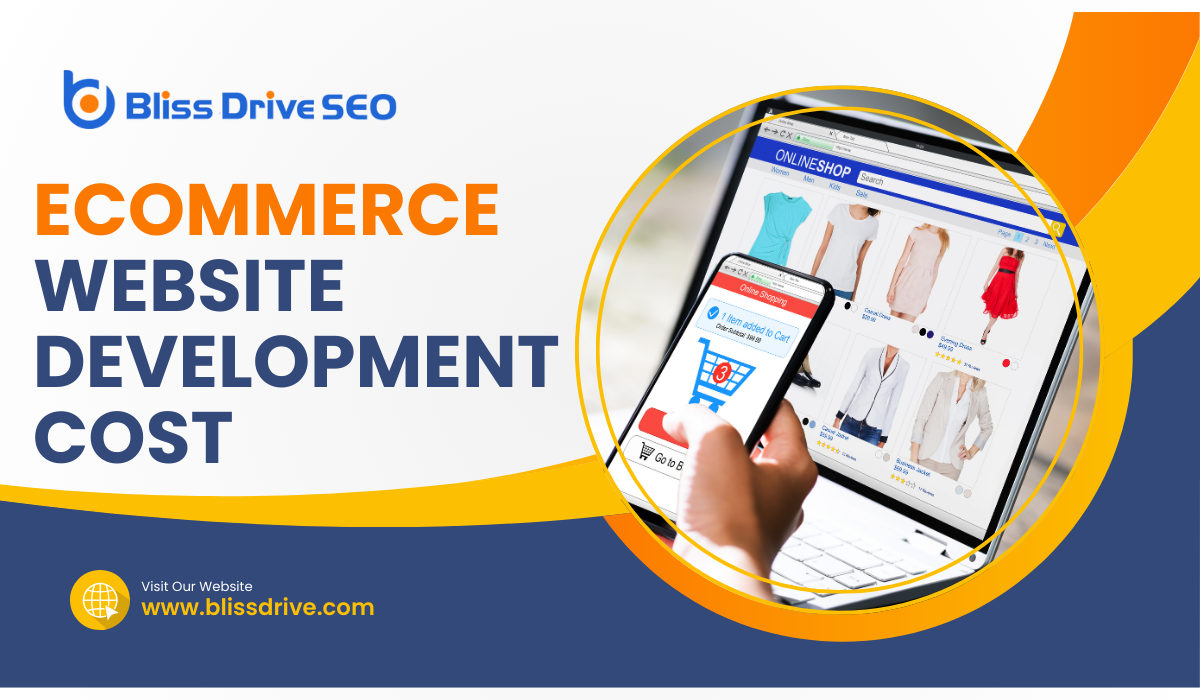Learn More About Us

Setting up an online store can be an exciting venture, but it often comes with numerous financial considerations. One of the most crucial questions that businesses grapple with is, "What is the eCommerce website development cost?" By understanding the factors influencing these costs, businesses can plan effectively and ensure a smooth, financially-sound development process.
Understanding eCommerce website development cost involves a holistic look at various influencing factors:
1. Platform: The choice of platform significantly impacts the cost. Self-hosted platforms like WooCommerce and Magento may have lower upfront costs but require more maintenance. Hosted platforms like Shopify and BigCommerce have higher ongoing fees but are less demanding in terms of maintenance.
2. Design: Costs here can vary widely depending on whether you use a pre-built template (which can be free or paid) or invest in a custom design. Custom designs provide a unique look but can substantially add to your budget.
3. Features and Functionality: Every additional feature, from product reviewsCustomer feedback on products, which can influence purchasing decisions and build trust. and ratings to advanced search functions, will influence your eCommerce website development cost. While these features enhance user experience, they also require additional development and integration work.
4. Integration: Connecting your eCommerce site to other systems (CRM, ERP, email marketingThe use of email to promote products or services, build relationships with potential customers, and ..., etc.) may require specialized plugins or custom development, influencing the overall cost.
5. Security: Implementing SSL certificates, secure payment gateways, and other security measures are essential for any eCommerce site. While some security features are included in hosted platform costs, others may need additional investment.
While exact costs can vary, here are some broad estimates:
Small Business eCommerce Websites: For small businesses, using a platform like WooCommerce or Shopify, costs could range between $2,000 and $25,000.
Medium-Sized eCommerce Websites: For larger product ranges and custom features, costs might increase to between $25,000 and $100,000.
Large eCommerce Websites: For enterprise-level sites with extensive customization and integrations, the cost can easily go above $100,000.
Remember that these are rough estimates. Your specific eCommerce website development cost will depend on your unique requirements.
Typically, the term "eCommerce website development cost" refers to the initial setup and development of the site. Ongoing costs such as hosting, maintenance, and updates are separate.
Yes, you can use platforms like Shopify or Wix that offerThe specific product or service being promoted by affiliates. easy drag-and-drop interfaces. However, for advanced features and integrations, you might need professional help.
Using pre-built templates, choosing a platform that suits your needs, and limiting the use of paid plugins can help reduce costs. However, ensure these choices don't compromise user experience or functionality.
In conclusion, understanding eCommerce website development cost is critical to planning and budgeting your online store effectively. By knowing what influences these costs, you can make strategic decisions and create a successful eCommerce site that aligns with your budget. Also consider leveraging FacebookA social networking site where users can post comments, share photographs, and links to news or othe... ads for your eCommerce funnel to enhance your online store's visibility and drive targeted traffic, creating a well-rounded strategy for success in the competitive digital landscape. Not to mention, recognize the impact of keyword researchThe process of finding and analyzing search terms that people enter into search engines. on international eCommerce, ensuring that your website is optimized for relevant terms in various languages to reach a broader audience.
Want to know about some eCommerce platforms that have recently been hacked? Check out this Bliss Drive blog.
